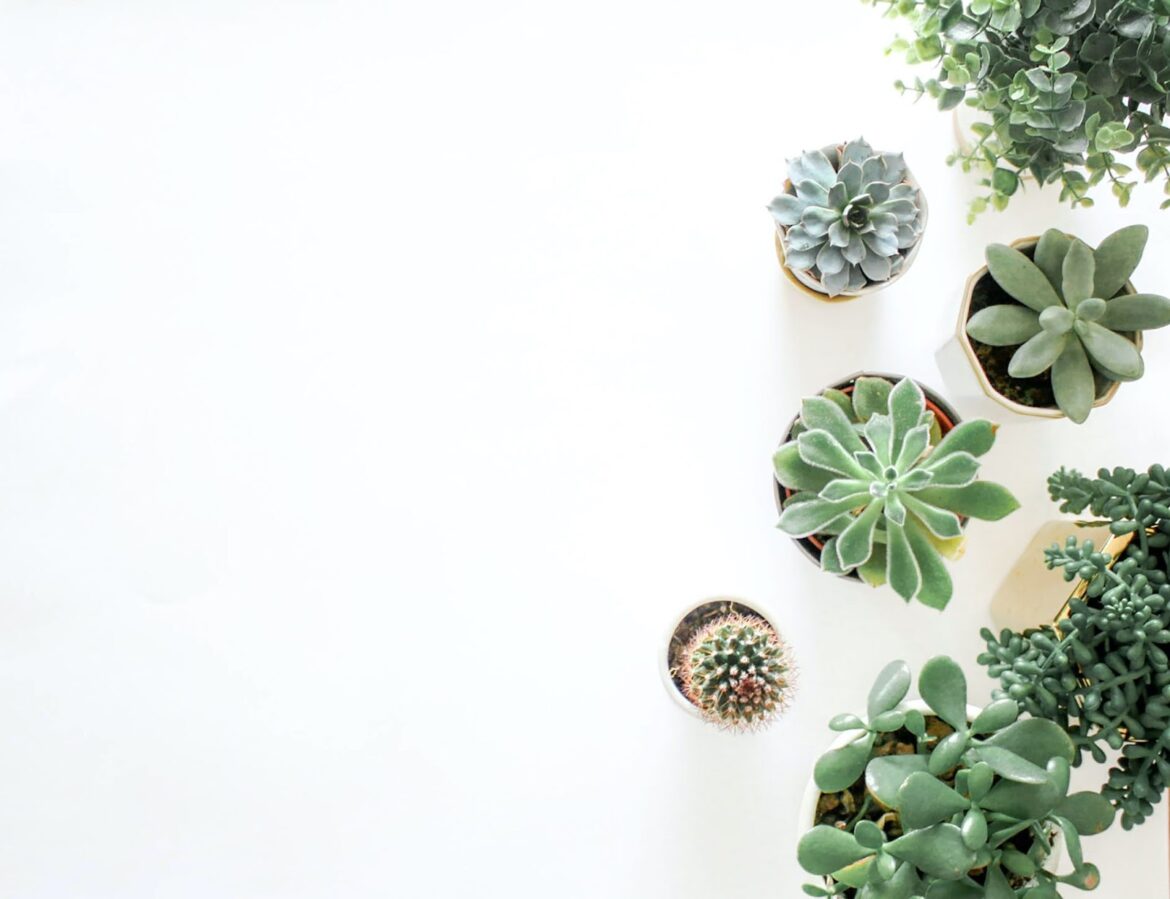Green Thumb 101: A Beginner’s Guide To Styling And Caring For Indoor Plants
Unleashing your inner botanist and developing a green thumb doesn’t have to be intimidating. A thriving indoor garden can bring joy, purify the air, and add a sense of vitality to any living space. Indoor plants offer the perfect solution for urban dwellers craving a touch of greenery, or for anyone wanting to add life to their home or office.
This guide will help demystify the art of indoor gardening, offering styling tips and plant care advice for beginners.
Bring In Some Greenery
One of the most appealing aspects of indoor plants is their skill in bringing the outside in. Having a collection of indoor plants creates a connection with nature, right within your living space. The process of choosing plants and pots is an opportunity to let your personal style shine.
Opt for diverse plant types with varying leaf shapes, sizes, and colors. Remember, it’s not just about the plants. Choosing the right pot can be equally important. Ceramic, terracotta, glass, or even woven baskets can all bring a unique touch to your plant display.
Understand Your Space
Every plant has unique light, temperature, and humidity requirements. For example, succulents love bright light and dry conditions, while ferns prefer shadier, humid environments. Analyze your space for the light it receives, its temperature range, and humidity level before choosing your plants. Knowing your space well will help you choose the right plants and ensure they thrive.
Watering Wisely
Watering is critical to the health of indoor plants, but it’s also one of the most common areas where beginners make mistakes.
Overwatering can be as detrimental as underwatering. The general rule of thumb is to water thoroughly but less frequently. Always check the soil’s moisture level before watering – it should be dry about 1-2 inches below the surface for most plants.
Feed Your Green Friends
Like all living beings, plants need food to grow. Fertilize your indoor plants during the growing seasons of spring and summer. Use a balanced, water-soluble fertilizer, diluted to half the recommended strength. Most indoor plants go dormant in the cooler months of fall and winter, so reduce feeding during this period.
Pruning And Cleaning
Pruning not only keeps your plants looking their best but also encourages healthier growth. Regularly remove dead leaves, and trim overgrown branches to maintain a balanced shape.
Cleaning your plants is equally important – dust on leaves can block sunlight and reduce a plant’s ability to photosynthesize. Gently wipe large, sturdy leaves with a damp cloth, and for smaller or more delicate leaves, consider a gentle shower with tepid water.
Pest Prevention
Unfortunately, indoor plants can attract pests like aphids, spider mites, and fungus gnats. Regular inspection of your plants for signs of pests can help catch any problems early. If you notice pests, isolate the affected plant immediately to avoid the infestation spreading. Using a mild, natural insecticide can help rid your plant of these unwanted guests.
Conclusion
Creating and caring for an indoor garden can be a fulfilling and therapeutic activity, helping you cultivate a deeper relationship with nature. This beginner’s guide is your starting point, but remember, every plant is unique, and part of the fun is learning what works best for your green companions.
As you nurture your indoor garden, your indoor garden will, in turn, nurture you – purifying your air, improving your mood, and turning your living space into a green oasis. Now, go ahead, get your hands a little dirty and bring that green thumb to life.




